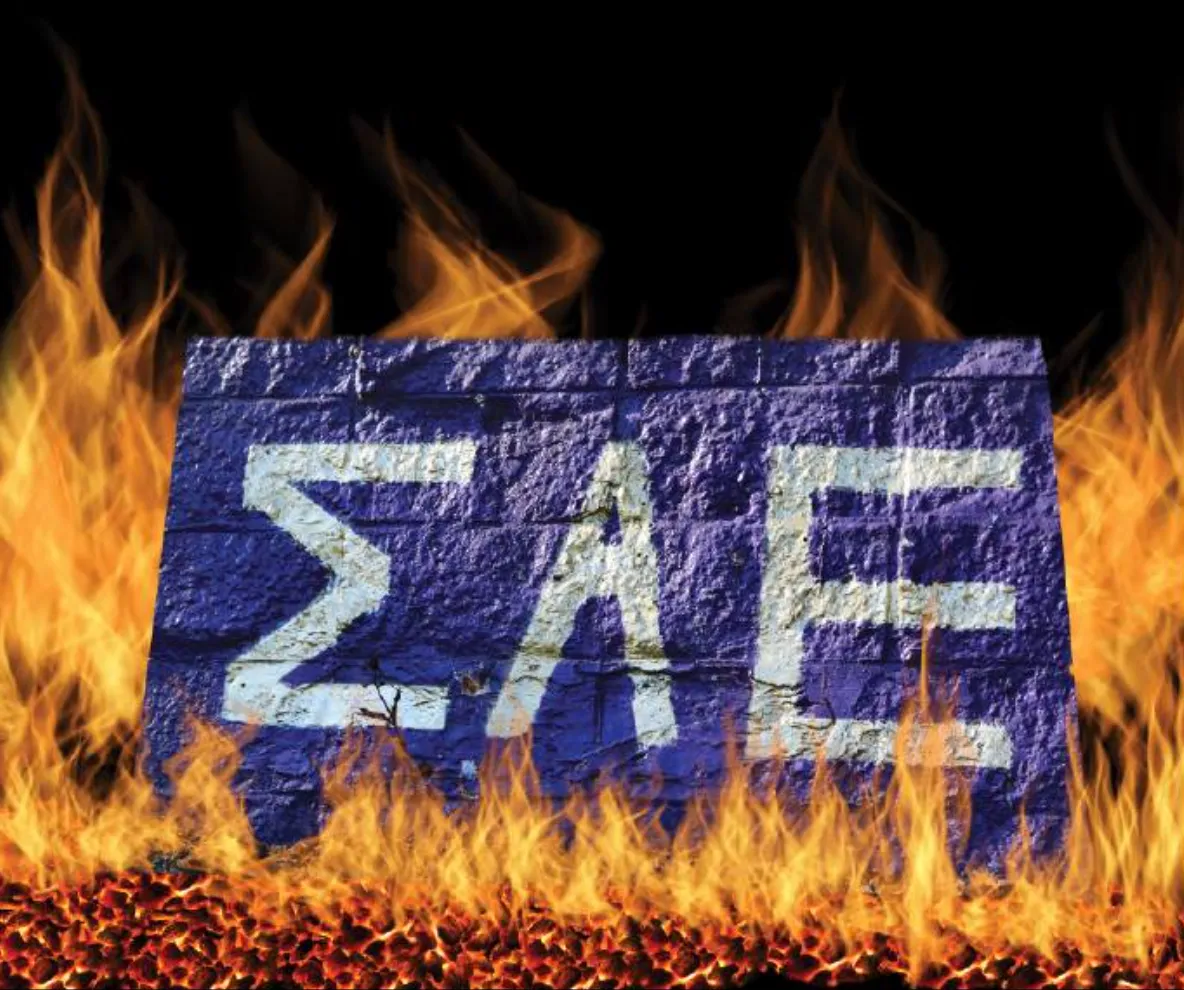Table of Contents
Tim Ford’s excellent reporting, below, has raised a few thoughts of my own on the matter.
Administration efforts to sanitize student political debates — like in the 2004 Stanford Democrats case — has two primary underlying concerns, in my opinion.
First, the University is, at all times, aggressively protecting its brand. University counsels watch over the word “Stanford” like hawks. This inevitably leads to a lot of linguistic games about who can do what with the University’s trademark. At all times, the Administration wants to avoid controversy involving their brand. More often than not, this means that the University erects barriers to student activism.
Secondly, it is possible to look at the University’s anti-partisan efforts as beneficial to campus conservatives. In the olden days – meaning, the late 1980s and early 1990s, when the Review was first founded – University rules often institutionalized radical political agendas. Professors, administrators and students were not frightened of political controversy enveloping the University community, they were aggressively fighting to keep politics in the university’s public dialogue. This inevitably meant, at the time at least, that “politically correct” agendas would be codified in some way: in the curriculum, in the speech codes, etc.
The situation then was the opposite of the situation now: the danger was not an under politicization of the student experience (as you imply, Tim), but, rather, an overpoliticization.
Perhaps the University’s attempts to sanitize student political debates, then, has actually led to a much more fair and equal public political dialogue with the occasional unintended consequence, like the 2004 White Plaza incident.
Perhaps, in the end, these University rules are saving Stanford students from themselves.





